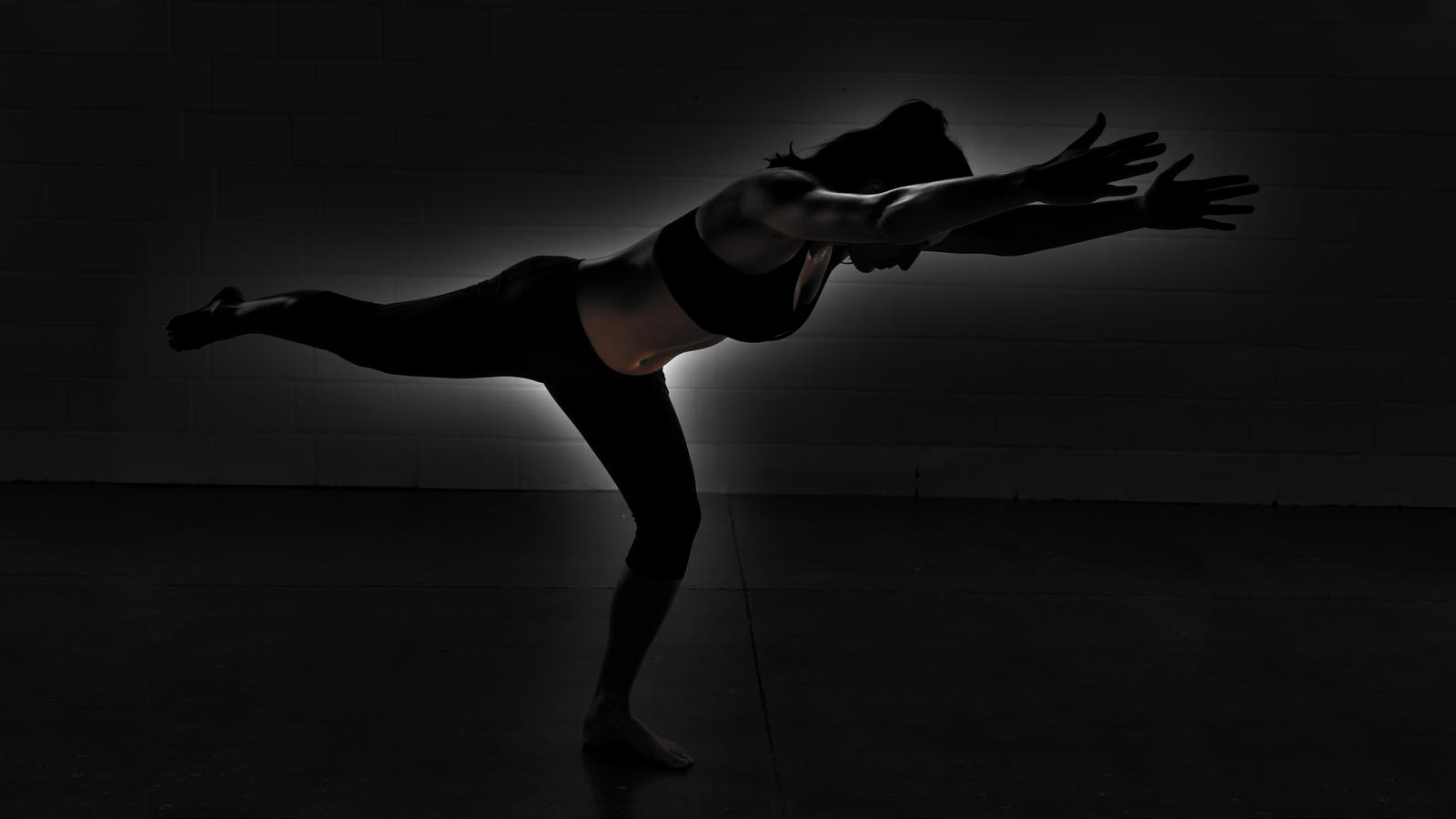If it is your intention to excel in your favorite summer sporting activity or even pursue a new challenge this summer, you may want to consider the following. All power produced by the upper and lower body musculature emanates from, is stabilized by, or is transferred through the core.
As you develop core strength you will also increase your ability to:
- jump higher and further
- increase speed when running
- maintain balance and stability
- have greater control of extremities
- develop greater strength during rotational movements
- maintain postural alignment during physical activity
- increase agility
The core is where your center of gravity is located and is involved with the power, balance, agility, and strength for all activities. A strong core is critical for general health and fitness as well. Roughly 80 percent of adults will suffer from back pain at some point in their lives due to weak abdominals and lower back musculature.
Core Musculature
The muscles described as core include the internal and external obliques, the rectus abdominis, and the transverses abdominis. However, these core muscles are assisted by a host of torso muscle including the spinalis group, the psoas major and the quadratus lumborum.
Energy Transfer
The transference of power and energy goes through the core. Consider this example: if a football player’s core is soft and weak while his back, chest and arms are strong, when he attempts to block a defender his core will not stabilize him and there is a great chance he will get injured. On the other hand, if he has developed his core sufficiently he will be able to stabilize his upper body while using his strong back, chest and arms for blocking.
A weakened core can also contribute to the inability to stabilize the extremities (arms and legs) during activities such as running or swinging a tennis racket. The development of core strength greatly improves performance while simultaneously reducing the risk for injury.
Training Guidelines
Condition abdominals in the following sequence:
- Internal and external obliques
- Lower abdominals
- Upper abdominals
Since the upper abdominals assist with conditioning movements of the obliques and lower abdominals exercising them first will reduce their ability to assist the other core muscle. Maintain balance by working opposing muscle groups equally.
- Keep muscles tight throughout the entire set of movements, rest minimally between sets and not at all between repetitions.
- Abdominal muscles can become fatigued easily; do not sacrifice technique for repetitions. When technique becomes sloppy stop doing the exercise.
- Keep range of motion to 45 degrees or less for most abdominal exercises. Some advanced abdominal exercises may go beyond 45 degrees.
- Choose a variety of exercises to ensure the overall training and development of the core, while preventing boredom and injury.
“One day of practice is like one day of clean living. It doesn’t do you any good.” –Abe Lemmons
